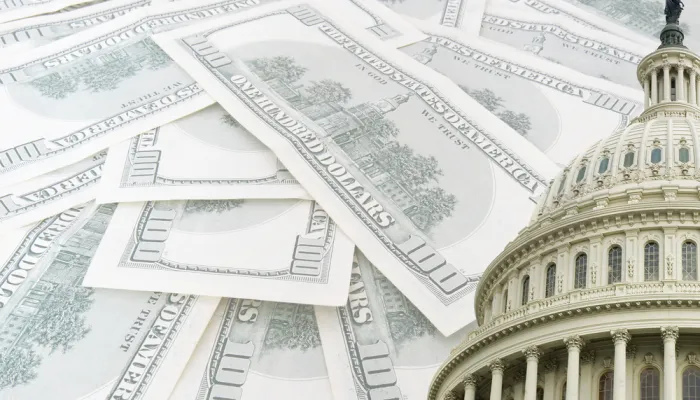Improving the Budget Situation
The Administration is taking important steps in improving the budget situation:
- The proposed 3-year spending freeze of non-security discretionary spending is helping to propel a raft of new spending freeze proposals. Good idea.
- Efforts to uncover significant Defense Department savings are underway. Good idea.
- There is the enhanced rescission proposal. Good idea.
- New incentives for agencies to find savings from least effective programs. Good idea.
- And now, agency requirements to suggest lowest priority programs to hopefully be eliminated. Good idea.
All of these focus on the discretionary portion of the budget. No one should think that reducing waste, fraud, and abuse is going to balance the budget, or that discretionary spending is the cause of the long-term problem. That said, the overall sequencing of how budgetary changes are introduced is extremely important and discretionary savings strike us as the right place to start in terms of building public support.
Many voters don't trust the government to spend their money well. Going after the least effective or most wasteful spending will be a critical first step in building trust with the American public before the most difficult choices have to be made. The potential savings are by no means inconsequential. Discretionary spending makes up nearly 40 percent of the budget, and over the past decade, has actually grown faster than mandatory spending. We reported that between 1999 and 2008, discretionary spending grew by an annual average of 7.5% while mandatory grew by 6.4%. (Note: both seem awfully high.)
A promising approach to disciplining discretionary spending is statutory caps, such as the Sessions-McCaskill proposal in the Senate, or the Kratovil-Childers proposal in the House.
Once we have scoured the budget for discretionary savings, it will be clear that entitlement programs such as Social Security, Medicare and Medicaid have to be the largest part of the solution. And then, after structural entitlement reforms have been identified, it will also be clear that additional revenues will almost certainly be needed in order to achieve reasonable medium and long-term fiscal goals.
So, ferreting out waste from the discretionary budget, then moving to entitlement reform, and then filling in any remaining gap with revenues, makes sense to us. So, kudos to the White House. Still, the real work has not yet begun.

